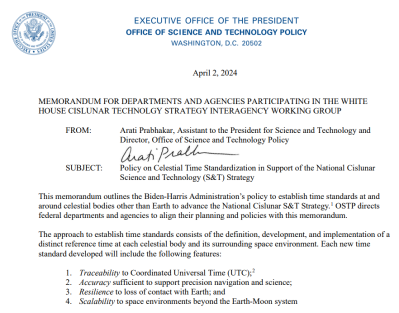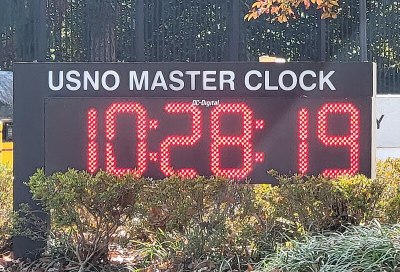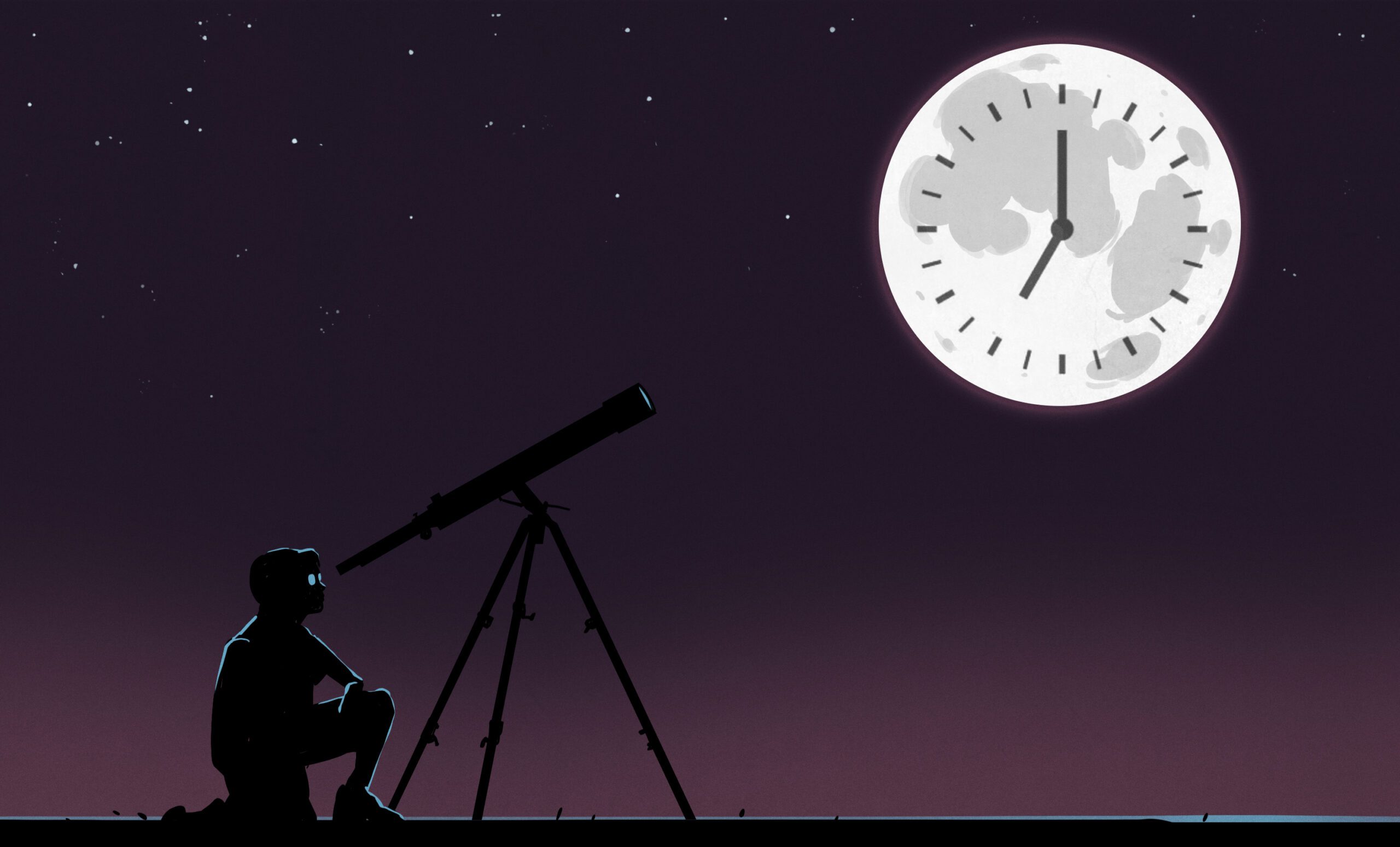A little while ago, we talked about the concept of timezones and the Moon. It’s a complicated issue, because on Earth, time is all about the Sun and our local relationship with it. The Moon and the Sun have their own weird thing going on, so time there doesn’t really line up well with our terrestrial conception of it.
Nevertheless, as humanity gets serious about doing Moon things again, the issue needs to be solved. To that end, NASA has now officially been tasked with setting up Moon time – just a few short weeks after we last talked about it! (Does the President read Hackaday?) Only problem is, physics is going to make it a damn sight more complicated!
Relatively Speaking

The problem is all down to general and special relativity. The Moon is in motion relative to Earth, and it also has a lower gravitational pull. We won’t get into the physics here, but it basically means that time literally moves at a different pace up there. Time on the Moon passes on average 58.7 microseconds faster over a 24 hour Earth day. It’s not constant, either—there is a certain degree of periodic variation involved.
It’s a tiny difference, but it’s cumulative over time. Plus, as it is, many space and navigational applications need the utmost in precise timing to function, so it’s not something NASA can ignore. Even if the agency just wanted to just use UTC and call it good, the relativity problem would prevent that from being a workable solution.
Without a reliable and stable timebase, space agencies like NASA would struggle to establish useful infrastructure on the Moon. Things like lunar satellite navigation wouldn’t work accurately without taking into account the time slip, for example. GPS is highly sensitive to relativistic time effects, and indeed relies upon them to function. Replicating it on the Moon is only possible if these factors are accounted for. Looking even further ahead, things like lunar commerce or secure communication would be difficult to manage reliably without stable timebases for equipment involved.

Still, the order to find a solution has come down from the top. A memo from the Executive Office of the President charged NASA with its task to deliver a standard solution for lunar timing by December 31, 2026. Coordinated Lunar Time (LTC) must be established and in a way that is traceable to Coordinated Universal Time (UTC). That will enable operators on Earth to synchronize operations with crews or unmanned systems on the Moon itself. LTC is required to be accurate enough for scientific and navigational purposes, and it must be resilient to any loss of contact with systems back on Earth.
It’s also desired that the future LTC standard will be extensible and scalable to space environments we may explore in future beyond the Earth-Moon system itself. In time, NASA may find it necessary to establish time standards for other celestial bodies, due to their own unique differences in relative velocity and gravitational field.
The deadline means there’s time for NASA to come up with a plan to tackle the problem. However, for a federal agency, less than two years is not exactly a lengthy time frame. It’s likely that whatever NASA comes up with will involve some kind of timekeeping equipment deployed on the Moon itself. This equipment would thus be subject to the time shift relative to Earth, making it easier to track differences in time between the lunar and terrestrial time-realities.

Great minds are already working on the problem, like Kevin Coggins, NASA’s space communications and navigation chief. “Think of the atomic clocks at the U.S. Naval Observatory—they’re the heartbeat of the nation, synchronizing everything,” he said in an interview. “You’re going to want a heartbeat on the moon.”
For now, establishing CLT remains a project for the American space agency. It will work on the project in partnership with the Departments of Commerce, Defense, State and Transportation. One fears for the public servants required to coordinate meetings amongst all those departments.
Establishing new time standards isn’t cheap. It requires smart minds, plenty of research and development, and some serious equipment. Space-rated atomic clocks don’t come cheap, either. Regardless, the U.S. government hopes that NASA will lead the way for all spacefaring nations in this regard, setting a lunar time standard that can serve future operations well.
